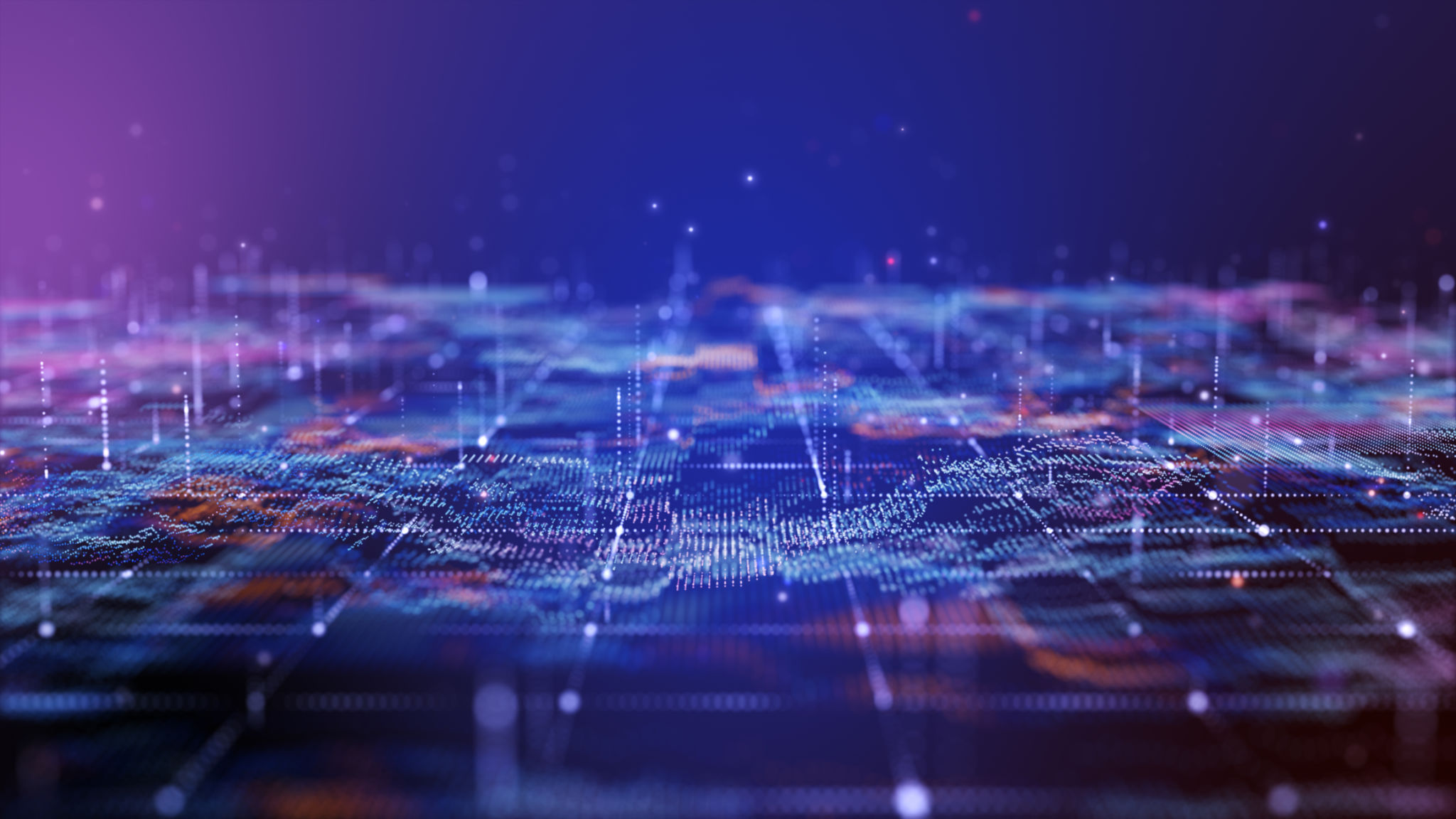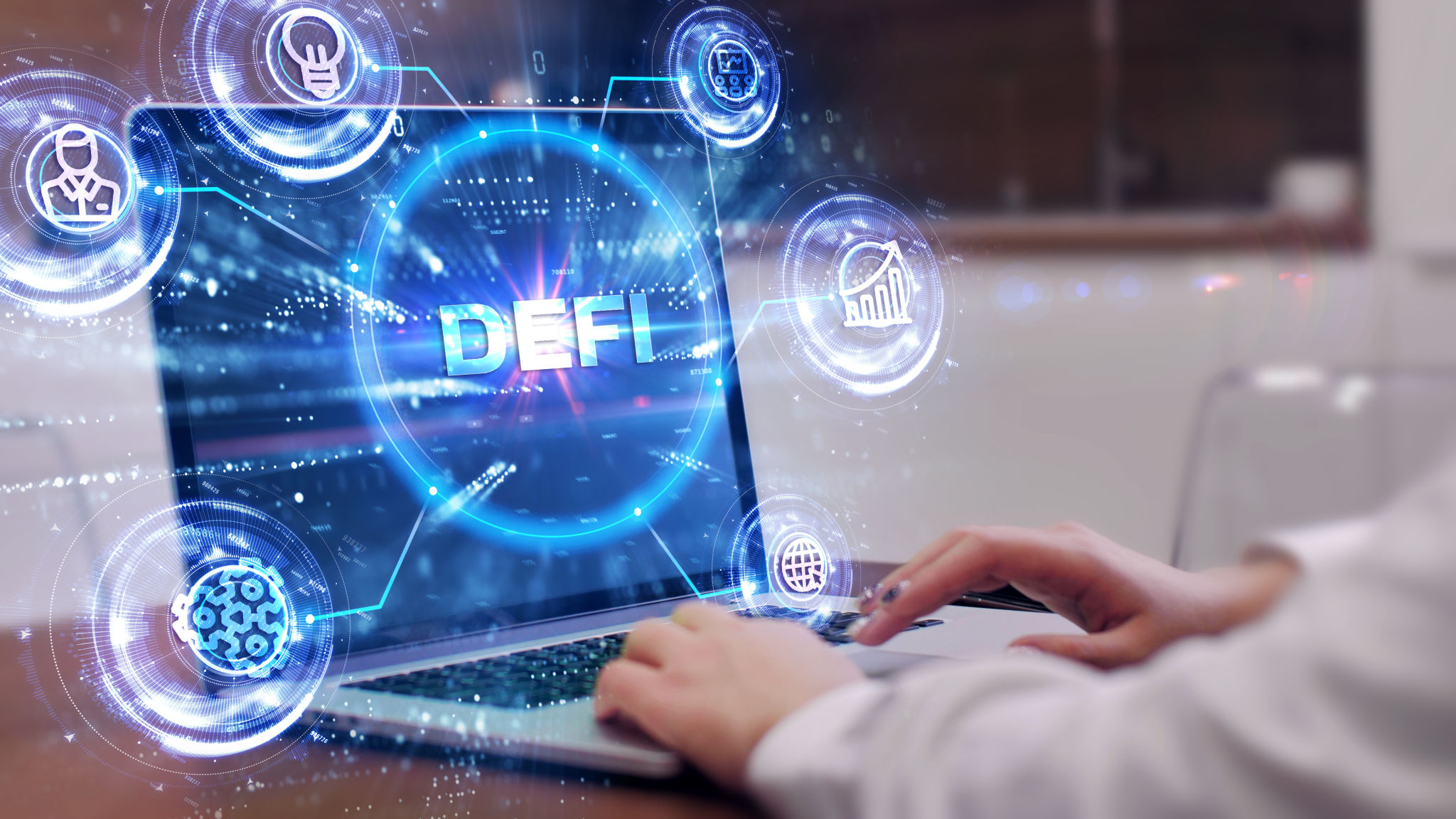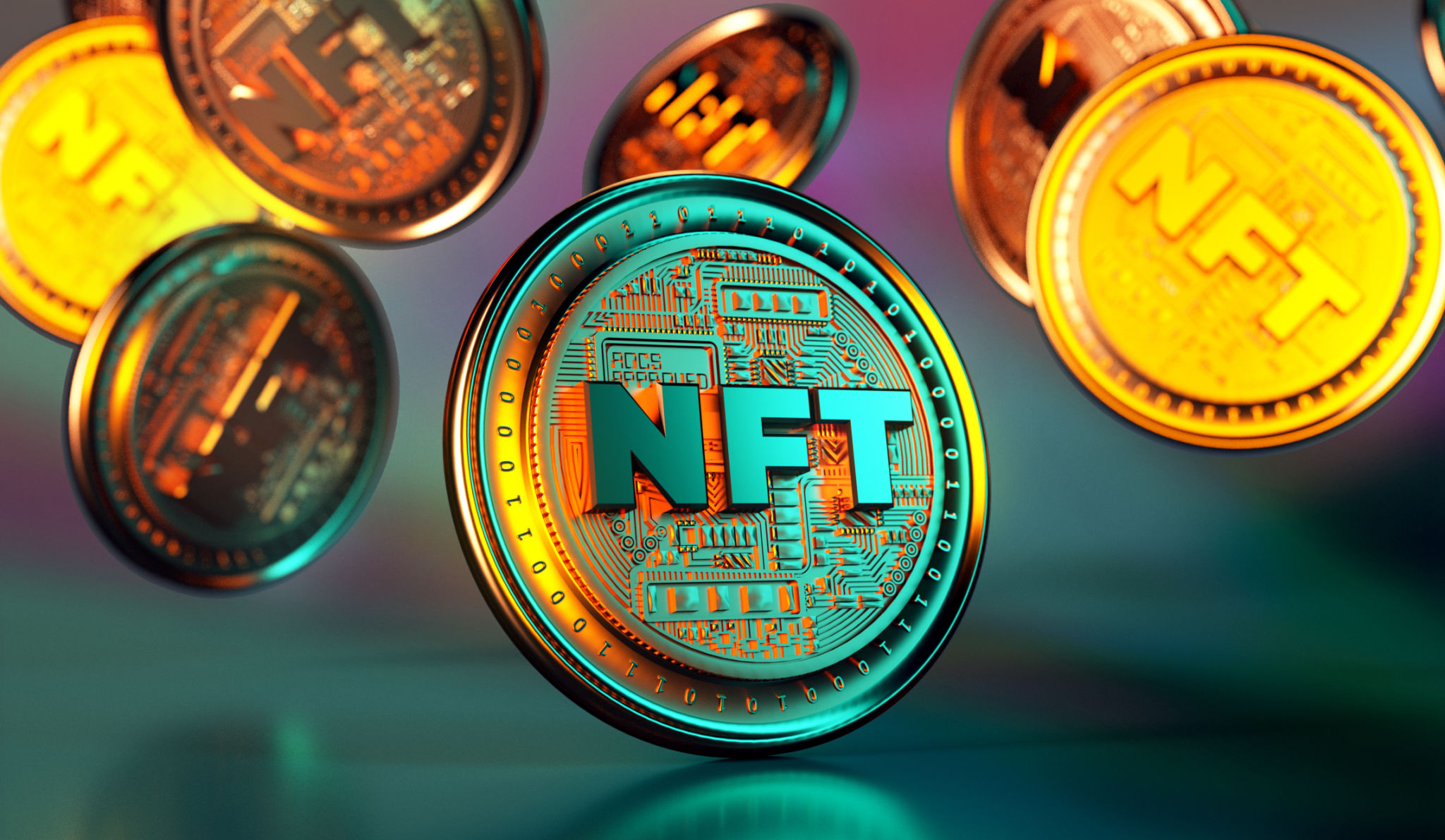Mastering Web3: A Comprehensive Guide to the Latest Trends and Innovations
As the digital world evolves, the concept of Web3 is gaining momentum, promising to revolutionize how we interact with the internet. Web3, often referred to as the decentralized web, brings with it a host of new technologies and paradigms that are reshaping online experiences. But what exactly does Web3 entail, and how can you stay ahead of its trends and innovations?
Understanding the Basics of Web3
Web3 represents the next phase in the internet's evolution, built on decentralized networks that aim to return control to users. This shift is largely driven by blockchain technology, which underpins many of the innovations within Web3. Unlike Web2, where centralized entities dominate, Web3 offers a more autonomous and secure environment.
One of the core components of Web3 is the use of decentralized applications (dApps). These applications operate on blockchain networks, enabling peer-to-peer interactions without intermediaries. This not only enhances privacy and security but also fosters innovation by reducing barriers to entry for developers.

The Rise of Decentralized Finance (DeFi)
Decentralized Finance, or DeFi, is one of the most compelling aspects of Web3. It eliminates traditional financial intermediaries by using smart contracts on blockchains like Ethereum. DeFi platforms offer a range of services, from lending and borrowing to trading and asset management, all accessible directly by users.
The rapid growth of DeFi has led to increased interest from both individual users and institutional investors. By providing an open financial ecosystem, DeFi holds the potential to democratize access to financial services globally. However, it also presents challenges in terms of regulation and security that need addressing.

Non-Fungible Tokens (NFTs) and Their Impact
Non-Fungible Tokens (NFTs) have taken the digital world by storm, representing unique ownership of digital assets. From art and music to virtual real estate, NFTs are creating new opportunities for creators and collectors alike. Each NFT is distinct and stored on a blockchain, ensuring its provenance and authenticity.
While NFTs offer exciting possibilities for digital ownership, they also raise questions about copyright infringement and environmental impact due to energy-intensive blockchain operations. Despite these concerns, NFTs continue to gain traction as a transformative force within Web3.

The Role of DAOs in Web3
Decentralized Autonomous Organizations (DAOs) are another pivotal innovation within Web3. DAOs function without centralized leadership, relying on smart contracts and community governance to make decisions. This model empowers stakeholders to have a voice in organizational operations directly.
DAOs are being utilized across various sectors, including finance, social media, and beyond. They exemplify the collaborative spirit of Web3, where collective decision-making is prioritized over hierarchical structures. As DAOs evolve, they are poised to redefine traditional notions of corporate governance.

Challenges and Future Prospects
While Web3 offers numerous advantages, it is not without its challenges. Scalability remains a significant concern as blockchain networks often struggle with high transaction volumes. Moreover, regulatory uncertainty poses risks to widespread adoption and innovation within the space.
Despite these hurdles, the future of Web3 looks promising. Innovations like Layer 2 solutions aim to address scalability issues, while increasing dialogue between regulators and industry leaders could pave the way for clearer guidelines. As Web3 technologies continue to mature, they are likely to become an integral part of our digital lives.
Staying informed about the latest trends and innovations in Web3 is crucial for anyone looking to capitalize on its potential. By understanding its components and challenges, you can better navigate this emerging landscape and harness its transformative power.